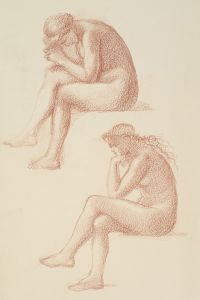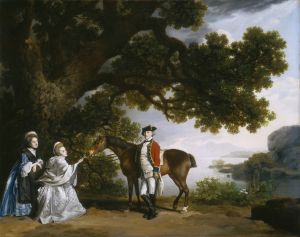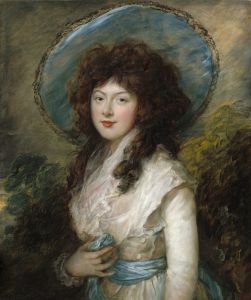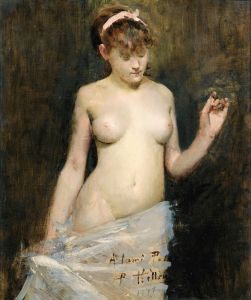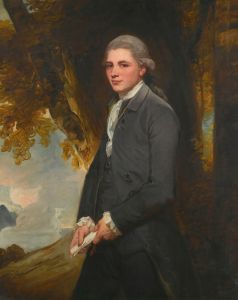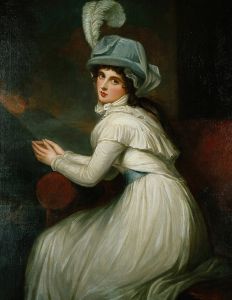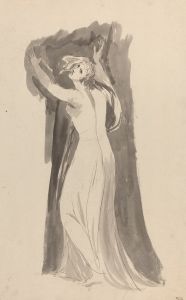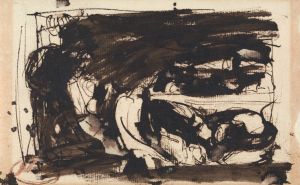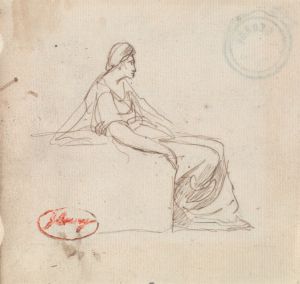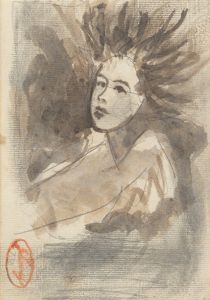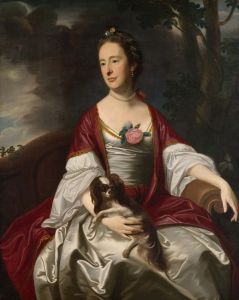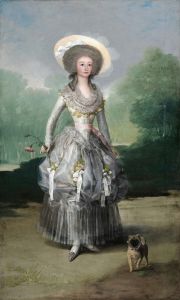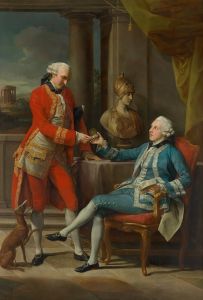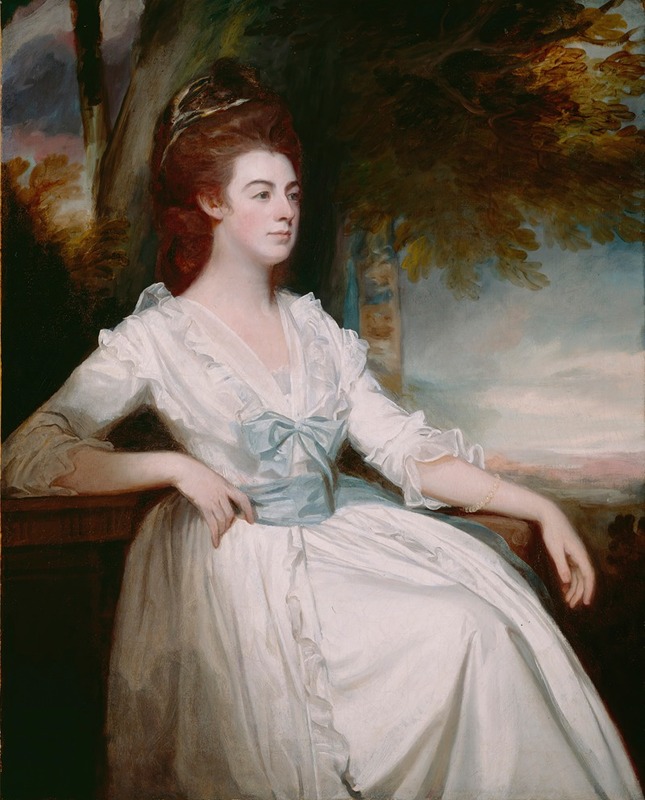
Miss Clavering
A hand-painted replica of George Romney’s masterpiece Miss Clavering, meticulously crafted by professional artists to capture the true essence of the original. Each piece is created with museum-quality canvas and rare mineral pigments, carefully painted by experienced artists with delicate brushstrokes and rich, layered colors to perfectly recreate the texture of the original artwork. Unlike machine-printed reproductions, this hand-painted version brings the painting to life, infused with the artist’s emotions and skill in every stroke. Whether for personal collection or home decoration, it instantly elevates the artistic atmosphere of any space.
George Romney was a prominent English portrait painter in the late 18th century, known for his distinctive style and his ability to capture the character and elegance of his subjects. One of his notable works is the portrait titled "Miss Clavering." This painting exemplifies Romney's skill in portraiture and his contribution to the art world during his time.
"Miss Clavering" is a portrait that showcases Romney's adeptness at capturing the grace and poise of his sitters. The painting is believed to have been completed in the late 18th century, a period when Romney was at the height of his career. During this time, he was one of the most sought-after portraitists in England, rivaling contemporaries such as Sir Joshua Reynolds and Thomas Gainsborough.
The subject of the painting, Miss Clavering, is depicted with a serene expression, embodying the elegance and refinement typical of Romney's portraits. The artist's use of soft, flowing lines and a muted color palette highlights the delicate features of the sitter, while also emphasizing the luxurious textures of her attire. Romney's attention to detail is evident in the intricate rendering of the fabric and the subtle play of light and shadow across the canvas.
Romney's portraits often reflect the societal norms and cultural values of the Georgian era, and "Miss Clavering" is no exception. The painting not only serves as a representation of the individual but also as a reflection of the social status and identity of women during this period. Portraits like this were often commissioned by wealthy families as a means of showcasing their social standing and preserving the likenesses of their members for posterity.
The exact identity of Miss Clavering is not well-documented, which is not uncommon for portraits from this era. Many of Romney's works were commissioned by patrons who desired to capture the likenesses of their family members or acquaintances, and detailed records of these commissions were not always maintained. Despite this, the painting remains an important example of Romney's work and his ability to convey the personality and stature of his subjects.
George Romney's career was marked by his ability to adapt to the changing tastes and preferences of his patrons, and his work on "Miss Clavering" is a testament to his versatility as an artist. His portraits are characterized by their elegance, attention to detail, and the subtle emotional depth he was able to impart to his subjects. Romney's influence on the art of portraiture during the Georgian era was significant, and his works continue to be studied and admired for their artistic merit and historical significance.
In summary, "Miss Clavering" by George Romney is a fine example of 18th-century English portraiture, reflecting both the artist's skill and the cultural context of the time. While specific details about the sitter may be scarce, the painting itself remains a valuable piece of art history, illustrating the enduring appeal of Romney's work and his contribution to the field of portrait painting.





